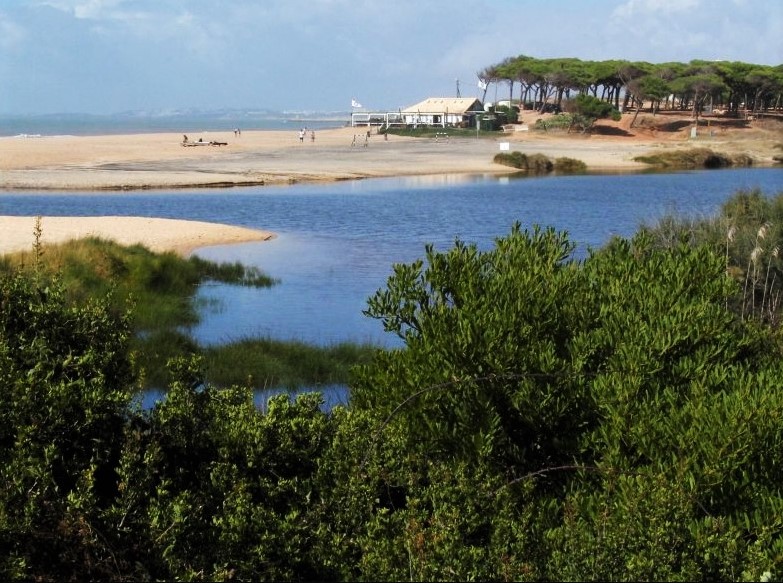The Foz do Almargem and Trafal Local Nature Reserve, on the coast of the municipality of Loulé, should be formalized “by the end of the year”, according to the mayor Vítor Aleixo.
In statements to the Sul Informação, the mayor of Loulé explained that, after the approval of the municipality this Monday, February 7, the document went to the Municipal Assembly.
"Then there will still be a period of public discussion, so by the end of the year, I believe everything is over," he said.
This process began in May of last year, with the approval, by the Chamber, of the intention of creating this Local Nature Reserve, the first in the municipality of Loulé.
This Local Reserve will cover 135 hectares, on the coastal strip of the parish of Quarteira, and will be crossed by two streams – the Fonte Santa or Almargem stream and the Carcavai stream. It is one of the important wetlands in the Algarve and, in terms of biodiversity, the existence of at least 214 species of autochthonous flora, 9 natural habitats, 235 species of fauna, 137 species of avifauna, of which 26 are threatened , and 94 different species of insects.
The creation of the Reserve comes in follow-up of the suspension of the Municipal Master Plan (PDM) which the Loulé Council carried out in March 2019 and which prevented the creation of a tourist development in that area: Quinta do Oceano, whose promoter was the Special Closed Real Estate Investment Fund — Invesfundo VII, of the Novo Banco group.
In the same year, the Almargem Association began a study on the two zones (Foz do Almargem and Trafal) which serves as «technical and scientific support for characterizing the richness of biodiversity» in these places.
According to this report, these are areas “extremely rich in wildlife, particularly in species with high protection statuses”.
In total, 137 species were identified, «with emphasis on wintering and migratory water birds, which bring together high concentrations of individuals in periods of wintering emigration, highlighting the following priority species: common duck (Aythya fierce), beaded (strepera marc) red-billed duck (Net rufina), caiman (porphyry porphyry) and Audouin's gull (Ichthyaetus audouinii). "
Added to this is the very strong presence of insects, among which «three Iberian beetles endemisms: the species Pterostichus ebenus, the subspecies Carabus rugosus celtibericus and the subspecies Licinus punctatulus granulatus and the high probability of occurrence of the butterfly Melitaea aetherie, one of the most endangered species of butterflies in Portugal and the pointed-eyed mantis (apteromantis aptera).
Also according to the study mentioned above, "this area is of great value as a breeding area for dragonflies and damselflies in the Algarve".
At the same time, in addition to being classified as a Nature Reserve, the procedure will also begin with a view to drawing up a Management Regulation.




















Comments